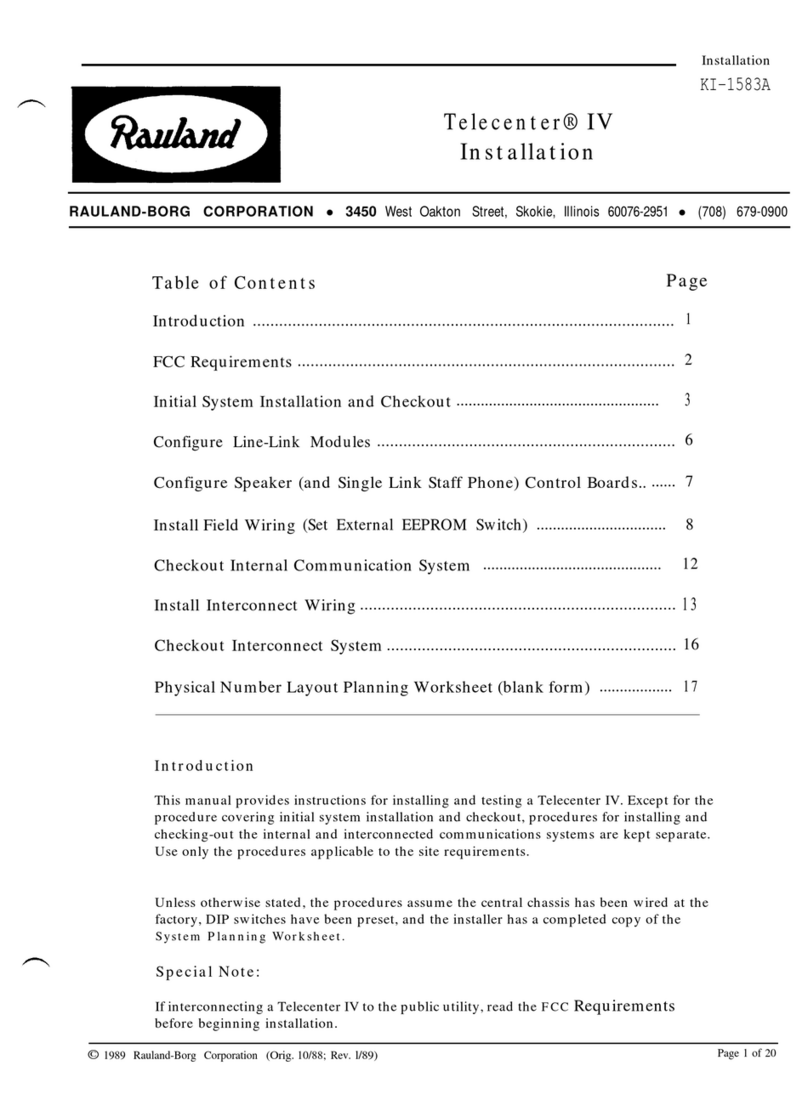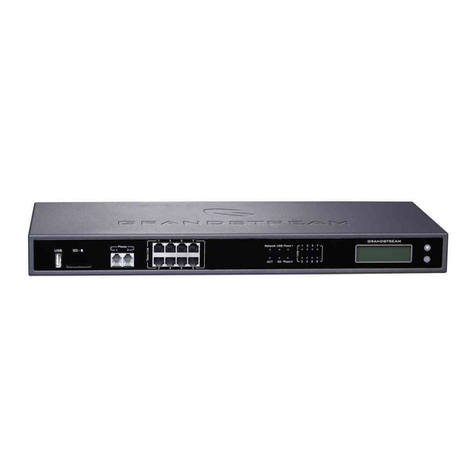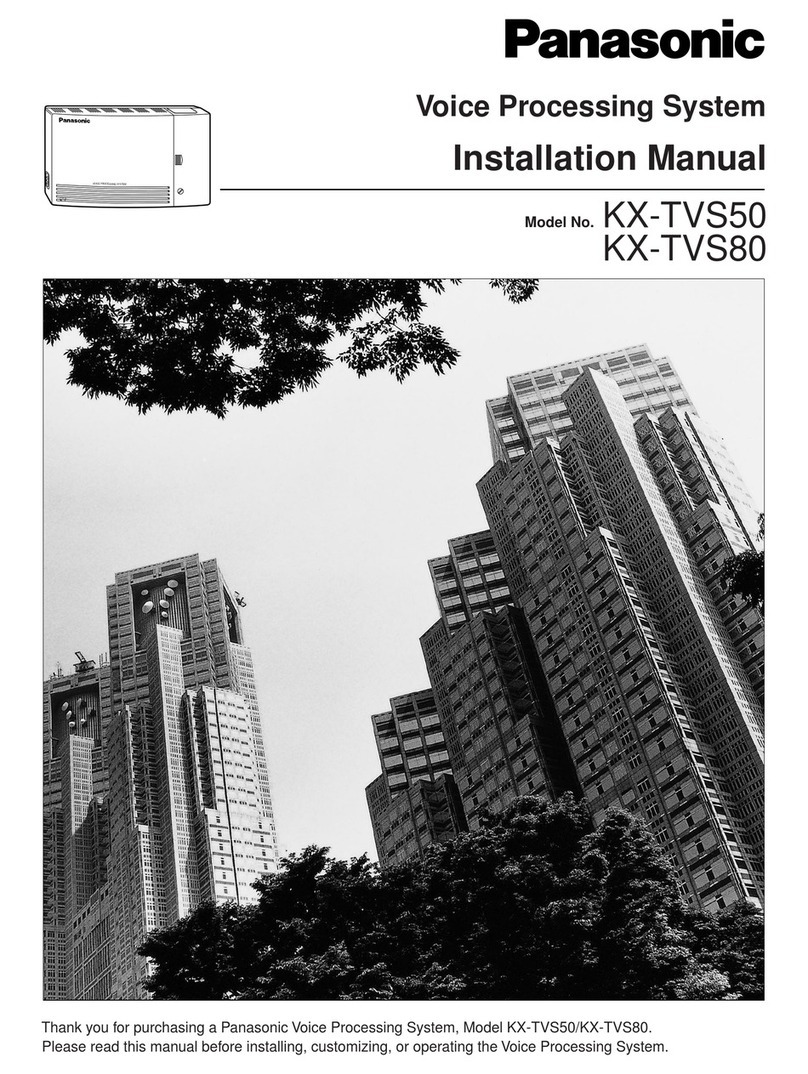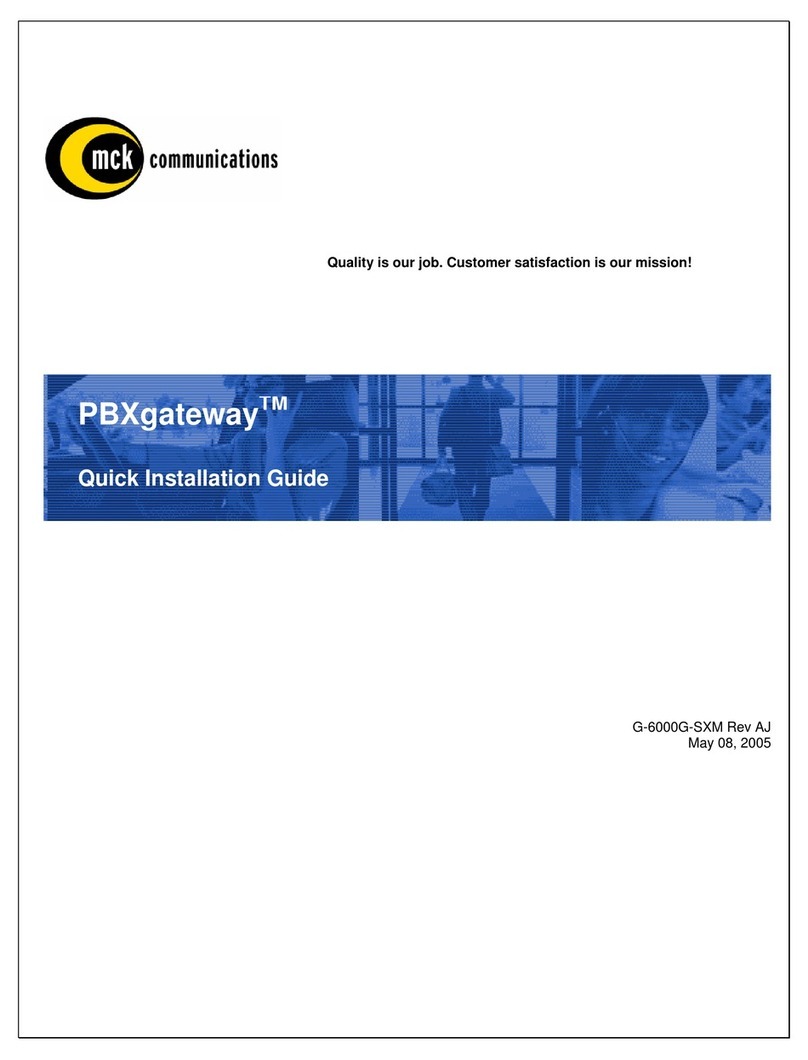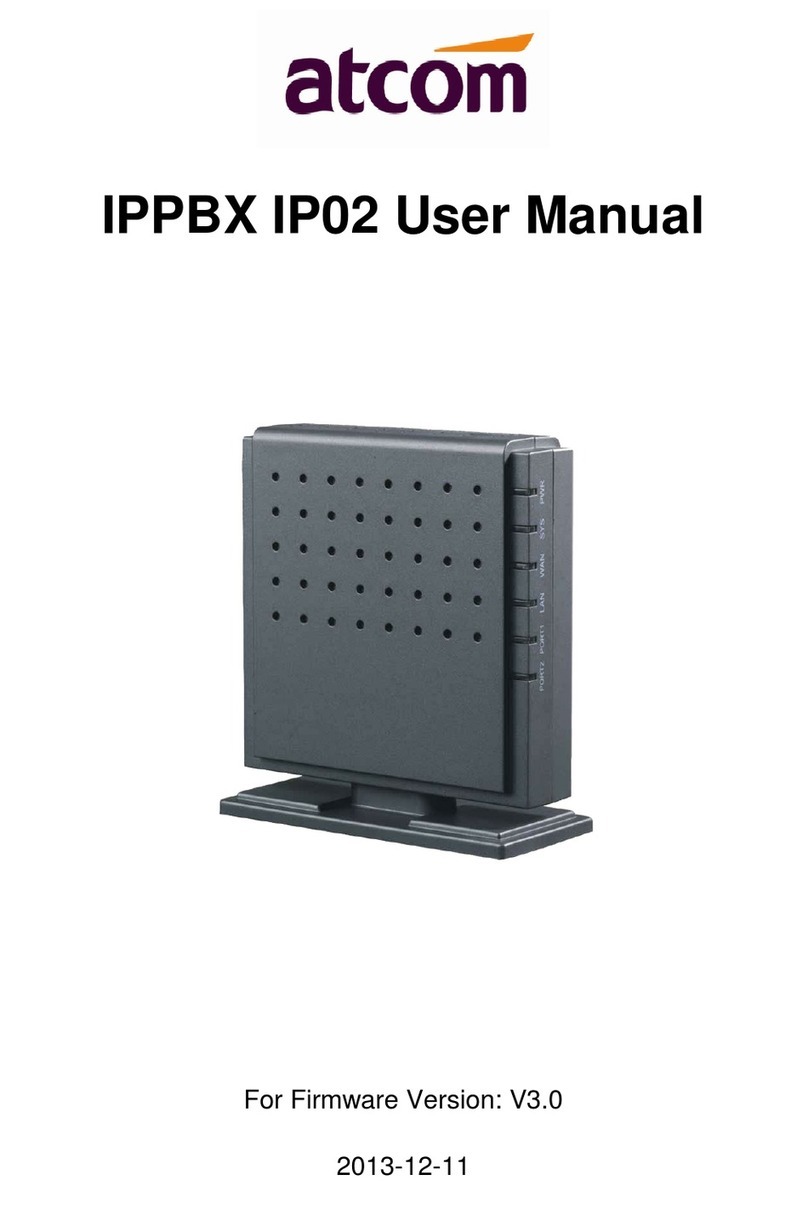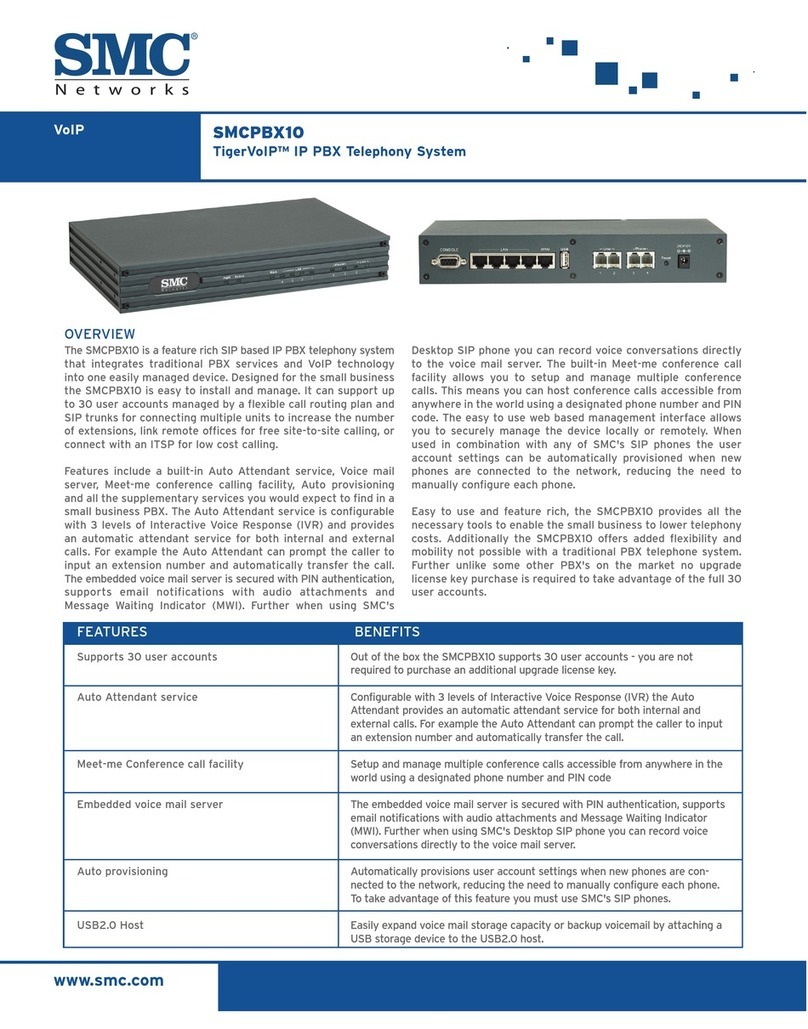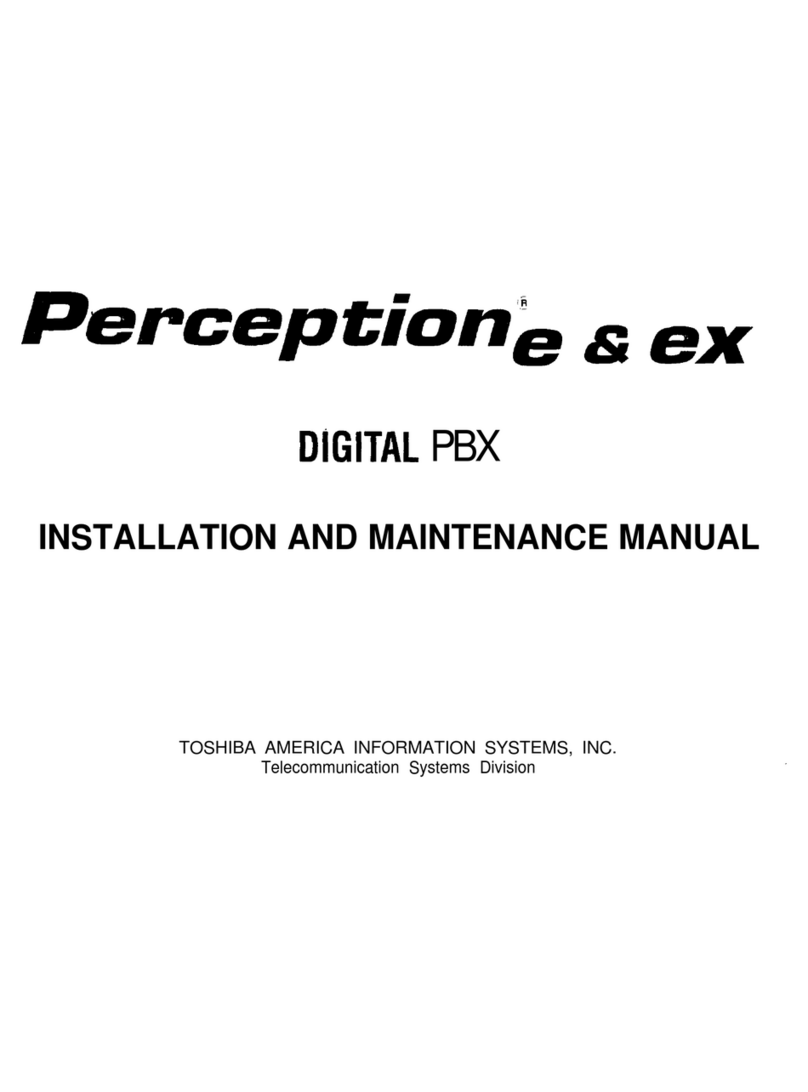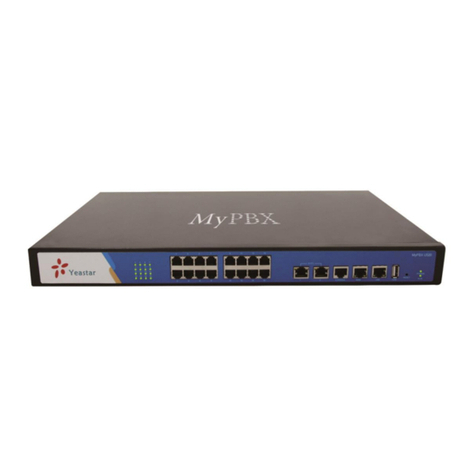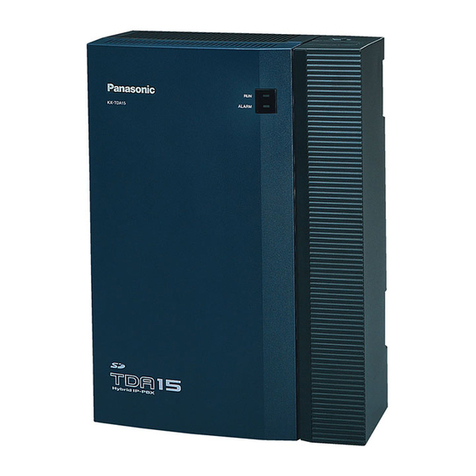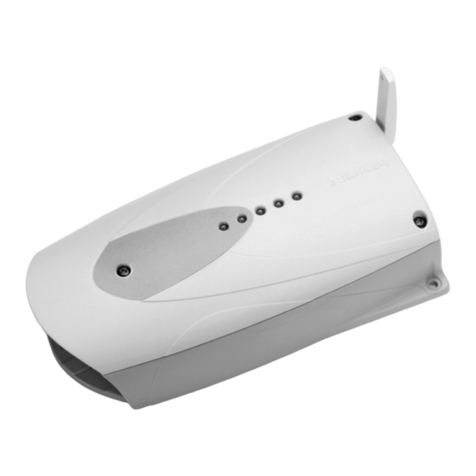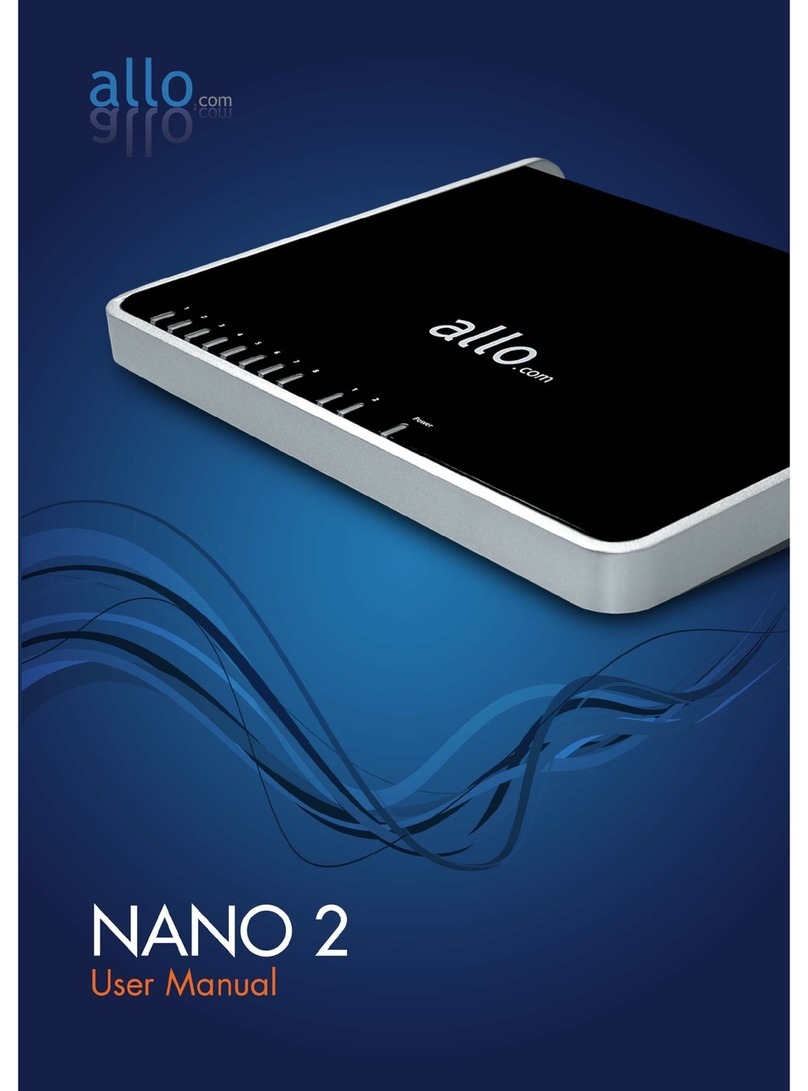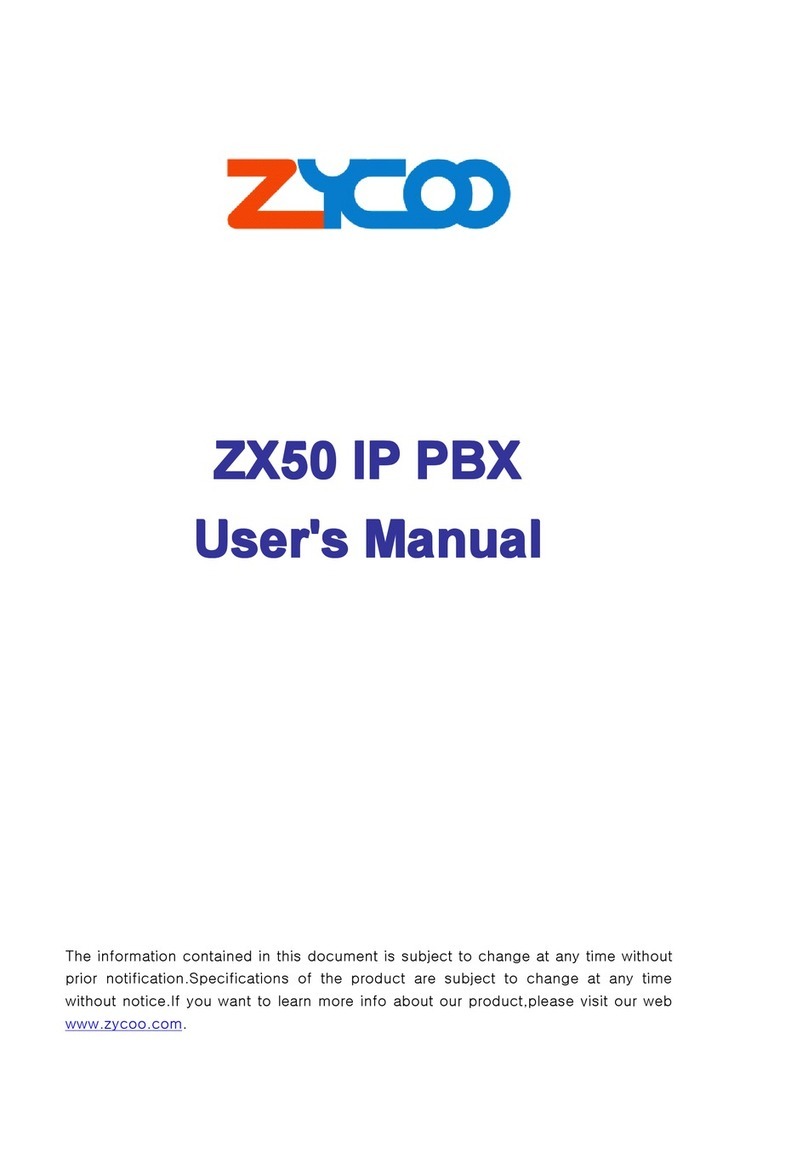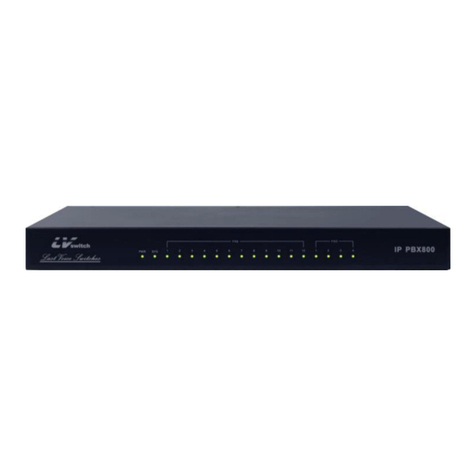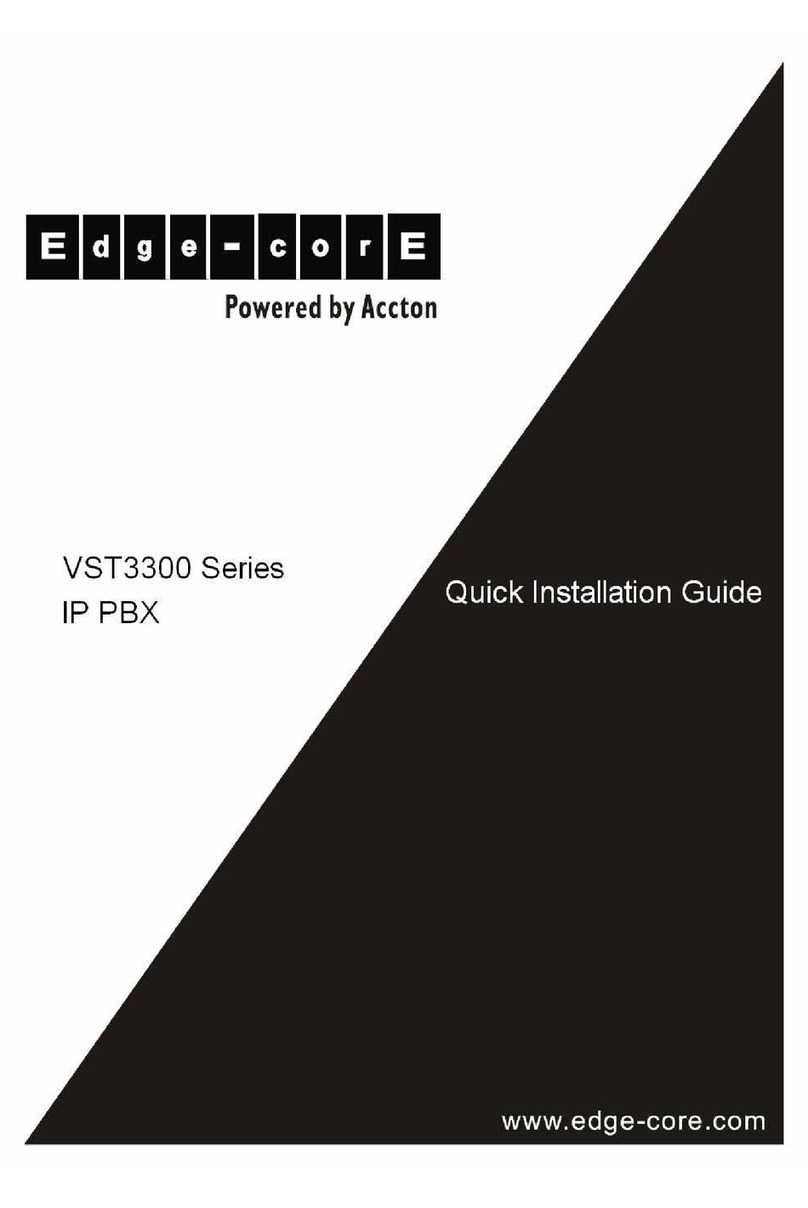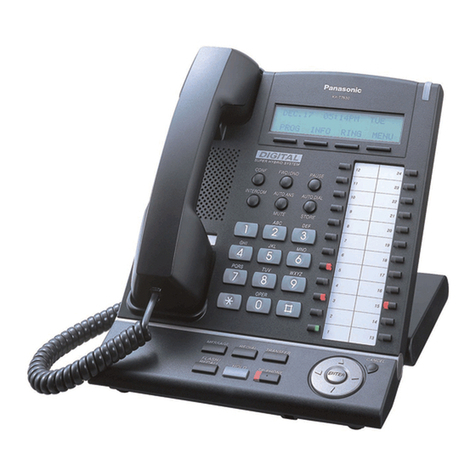
For your safety
Copyright © 2003 Nokia. All rights reserved. 5
Contents
Introduction.............................. 7
Network services .............................. 9
Installation conditions .................. 10
Setting up the Nokia 32
terminal ..................................11
PBX installation .....................14
Connecting the Nokia 32 terminal to a
PBX trunk line.................................. 15
Connecting the Nokia 32 terminal to a
PBX extension line ......................... 17
Connecting the Nokia 32
terminal to a fax machine ....22
Sending faxes ..................................23
Receiving faxes ...............................23
Configuration .................................. 23
Light indicators ......................25
Tone indicators ......................28
Configuration ........................ 29
Basic settings .................................. 29
Advanced settings ......................... 30
Features ................................. 32
Supplementary services ................ 32
Nokia 32 terminal’s
accessories ............................. 37
Troubleshooting .................... 38
First things to check ..................... 38
Dial tone is not heard ................... 38
Noise is heard during a call ........ 39
Reception is poor ........................... 39
Entering PIN code does not
succeed ............................................. 39
Nokia 32 terminal cannot be reached in
extension mode .............................. 40
Technical specifications ....... 41
Eppu_en1.fm Page 5 Thursday, January 8, 2004 3:48 PM
